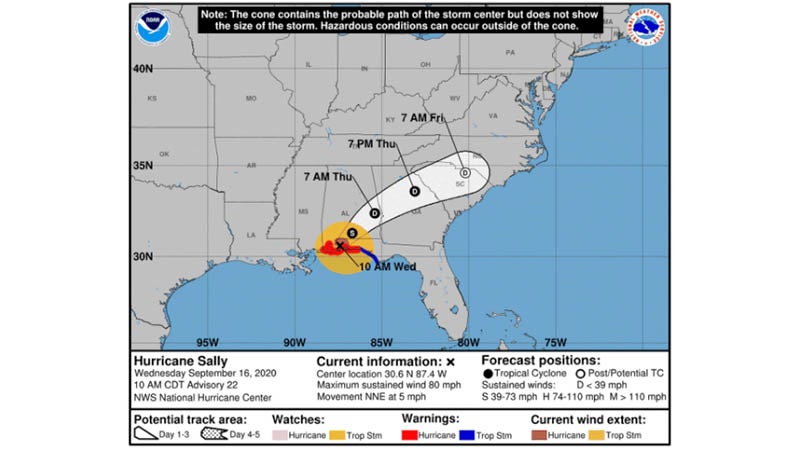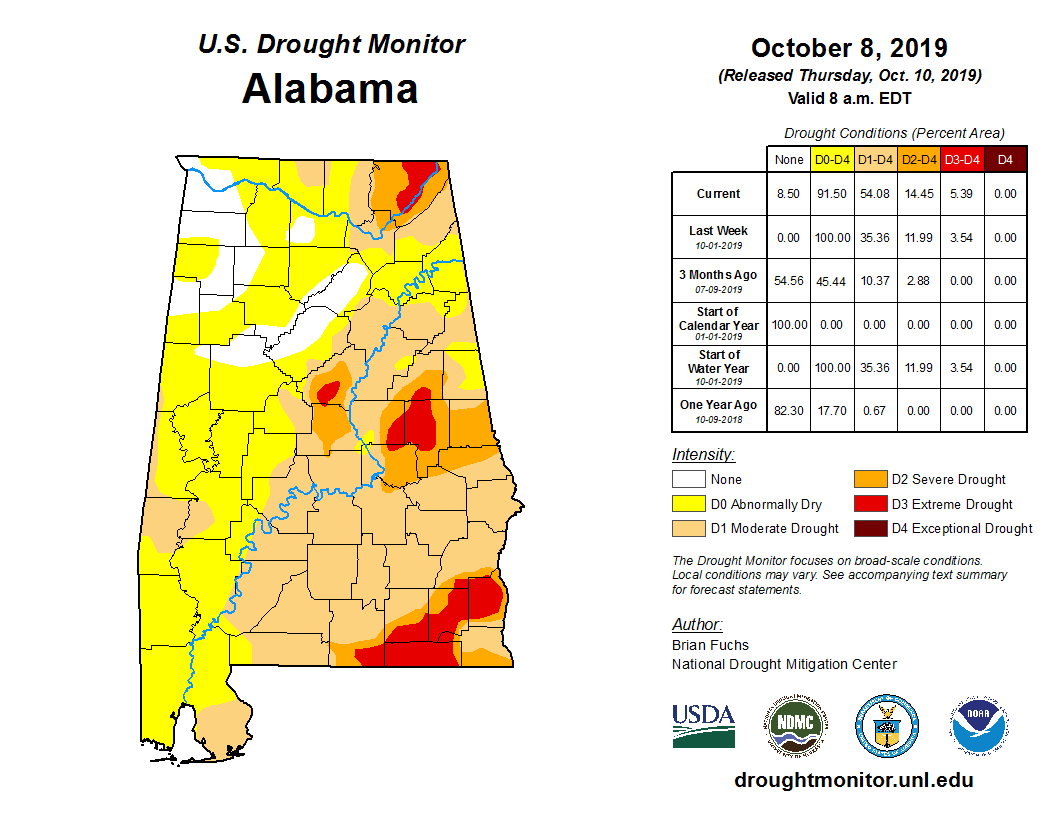Local farmers expected to plant more peanuts
Published 12:02 am Tuesday, April 28, 2015
Peanut acreage within the state is expected to rise as Alabama farmers are expected to plant fewer acres of cotton and corn, and Covington County farmers are no different.
The United States Department of Agriculture released a prospective plantings report earlier this year.
Acreage is an area of land, typically when used for agricultural purposes, but not necessarily measured in acres.
The report predicts the state’s total cotton acreage will drop 14 percent in 2016 to 300,000 acres, and corn acreage will fall 10 percent to 270,000 acres as farmers plan to shift some of that acreage to soybeans. Soybeans are expected to be up 1 percent to 490,000 acres.
Peanuts are expected to be up 6 percent to 185,000 acres.
Covington County farmer Tommy Thompson, who farms all over the county, said he is going increase his peanut acreage by 30 percent or so.
“It’s an economical thing,” Thompson said about the peanut trend. “Two of the government programs they set up, they took away our subsidies. When they took them away, then peanuts got a little bit better contract on them this year. That’s probably going to be a one-year deal. Next year, it’s not going to be worth a flip.”
Thompson said he’s going to have 600 acres devoted to peanuts, and 1,600 of his acres will go to corn.
Most of the adjustments to peanuts are as a result of commodity prices and production costs, Alabama Farmers Federation Cotton, Soybeans and Wheat and Feed Grains Director Carla Hornady said.
“For many farmers, it’s a matter of economics,” Hornady said. “Low corn prices make soybeans a more attractive option for some farmers, especially those who don’t have irrigation. Soaring production costs and falling prices also are causing cotton farmers look to other crops — like peanuts. In addition, we have seen increased interest in minor oilseeds like canola and sesame.”
Brandon Dillard, a regional agronomist out of Geneva County, said the situation is best described as a “two-headed monster.”
“Part of it is price, not necessarily the price of peanuts, but the price of cotton and corn,” Dillard said. “They’re very suppressed, where two years ago at this time, cotton was up there at 80-90 cents. Right now, we’re looking at 62-63 cents of cotton per pound. That’s a huge difference. That’s the same thing with corn.
“Not that long ago, we were at $7-$8 per bushel of corn,” he said. “Now, we’re below $4 right now.”
The other “head,” Dillard said, is that the new farm bill is leading farmers to plant more peanuts.
Dillard said he predicts that the state’s peanut acreage will increase by 20-30 percent, adding that the recent rains are delaying the seeding of the peanuts.
“We’ve started planting peanuts and cotton,” he said. “This rain has really put us back on our planting. We should be rolling in the fields right now. We’re not able to do that right now. We’re getting behind on planting.
“A lot of people could be planting by the end of the week,” he said. “They’re talking about rain (Monday night) and (today), and maybe Wednesday. It depends on how much more rain we get.”




